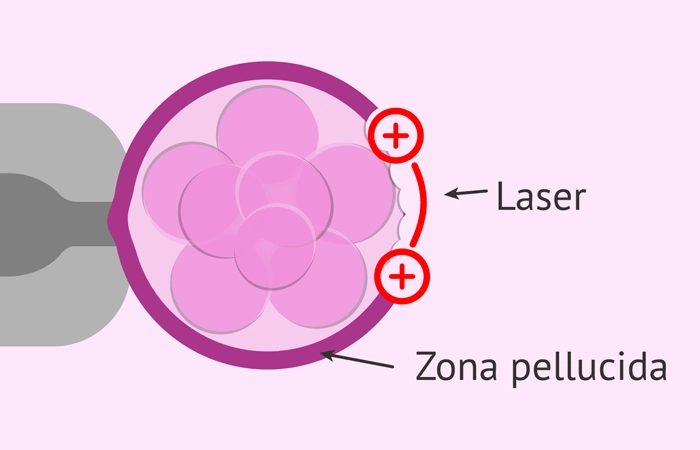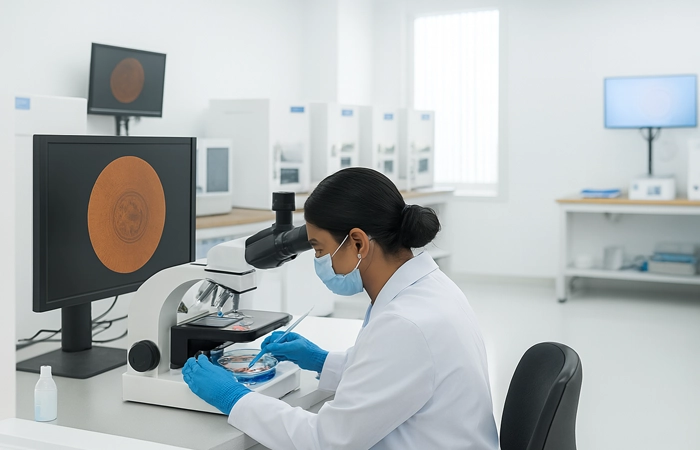Effective Embryo Implantation with Laser Hatching Technique
Laser-assisted hatching helps embryos implant more effectively by creating a small opening in the outer shell, known as the zona pellucida. This specially controlled procedure results in the embryo's adhesion to the endometrium. As a result, this method is of great advantage to older women, those with repeated IVF failures, as well as thick-shelled embryos, whereby the likelihood of a sustained pregnancy is raised markedly.
Different Laser-Assisted Embryo Hatching Procedures
Zona Thinning
Reduces the outer shell's thickness to allow the embryo to hatch more easily and to implant more effectively, thus, being of great use in the cases of elderly women and frozen thawed embryos with thick outer shells
Partial Zona Dissection
Makes a minimal hole in the zona pellucida with a precision laser to enable embryo release at a minimal risk of handling.
Complete Zona Opening
Employed in specific cases where embryos require a full exit pathway, often after multiple IVF failures or when the zona is unusually thick.

Who Can Benefit from Laser Hatching Technique, Coimbatore
- Women of advanced age with embryos that have a thicker zona pellucida.
- Couples with repeated IVF failures where embryos struggled to implant.
- Patients using frozen-thawed embryos where the shell may harden after cryopreservation.
- Women with increased FSH levels or diminished ovarian reserve affecting embryo quality.
- Couples with embryos of slow development where assisted hatching can aid release.
- Patients are advised by fertility specialists after assessing embryo morphology.
Improve Embryo Implantation Success with Laser Hatching
Increase IVF success rates with laser hatching at Feto IVF, Coimbatore. Our precision technique supports embryo implantation and boosts pregnancy chances. Book your expert-guided consultation today.
Book an Appointment





